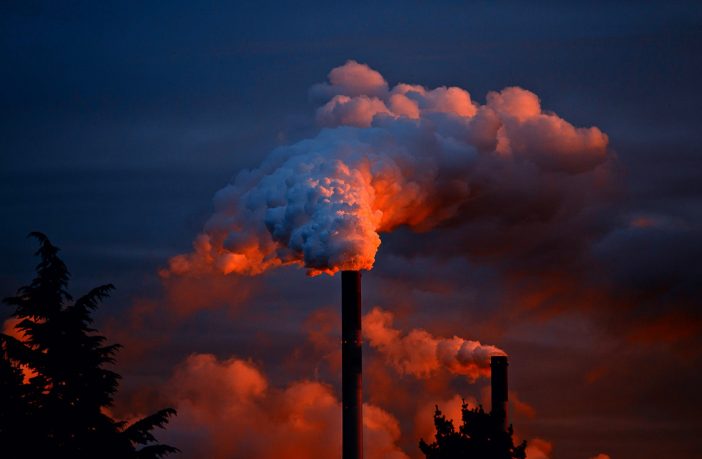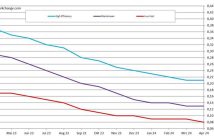- A new International Energy Agency (IEA) report says global energy-related carbon dioxide emissions are on course to surge by 1.5 billion tonnes in 2021.
- This will reverse most of last year’s decline caused by the COVID-19 pandemic.
- It will also be the biggest annual rise in emissions since 2010, during the carbon-intensive recovery from the global financial crisis.
The IEA’s Global Energy Review estimates that CO2 emissions will increase by almost 5% this year to 33 billion tonnes. This is based on the latest national data from around the world as well as real-time analysis of economic growth trends and new energy projects that are set to come online.
The key driver is coal demand, which is set to grow by 4.5%, surpassing its 2019 level and approaching its all-time peak from 2014, with the electricity sector accounting for three-quarters of this increase.
Fatih Birol, the IEA Executive Director: “Global carbon emissions are set to jump by 1.5 billion tonnes this year – driven by in the resurgence of coal use in the power sector. This is a dire warning that the economic recovery from the COVID crisis is currently anything but sustainable for our climate.
“Unless governments around the world move rapidly to start cutting emissions, we are likely to face an even worse situation in 2022. The Leaders Summit on Climate hosted by US President Joe Biden this week is a critical moment to commit to clear and immediate action ahead of COP26 in Glasgow.”
Most of projected growth in coal demand will come from China
Global energy demand is set to increase by 4.6% in 2021 – led by emerging markets and developing economies – pushing it above 2019 levels. Demand for fossil fuels is on course to grow in 2021, with both coal and gas projected to rise above their 2019 levels. Oil is also rebounding strongly but expected to stay below its 2019 peak, as the aviation sector remains under pressure.
The expected rise in coal use dwarfs that of renewables by almost 60%, despite an accelerating demand. More than 80% of 2021 projected growth in coal demand is set to come from Asia, led by China. Coal use in the United States and the European Union is also on course to increase but will remain well below pre-crisis levels.
Generation from renewables increase is not enough
Electricity generation from renewables is set to leap by over 8% in 2021, accounting for more than half of the increase in the overall global electricity supply. The biggest contribution to that growth comes from solar and wind, on track for their largest annual rise in history.
Electricity generation from wind is projected to grow by 275 terawatt-hours, around 17%, from last year. Electricity generation from solar PV is expected to increase by 145 terawatt-hours, up almost 18% from last year. Their combined output is on track to reach more than 2,800 terawatt-hours in 2021.
Renewables are set to provide 30% of electricity generation worldwide in 2021, their biggest share of the power mix since the beginning of the Industrial Revolution and up from less than 27% in 2019. China is expected to account for almost half of the global increase in electricity generation from renewables, followed by the United States, the European Union and India.
The Global Energy Review 2021 is the IEA’s annual update on the latest trends in world energy and CO2 emissions. It covers all the main fuels and technologies, providing insights across regions, economies and countries.
Author: Theresa Smith
Theresa Smith is a conference producer for Clarion Events Africa.
This article was originally published on ESI Africa and is republished with permission with minor editorial changes.













